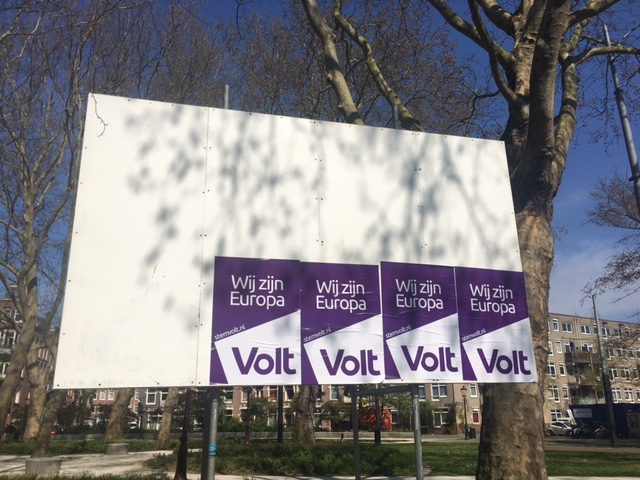It’s Europe Day – so how does the Netherlands measure up?


Europe Day is marked on May 9 each year – the anniversary of the day in 1950 when the creation of a European coal and steel community, the forerunner to the European Union, was first proposed.
The community’s founding members – the Netherlands, France, Germany, Italy, Belgium and Luxembourg – agreed to pool their coal and steel resources and create a common market for them by lifting import and export duties.
The idea was partly economic but also partly political and would, the founders hoped, head off the risk of war in the future.
Today, the EU encompasses 28 states – with later arrival Britain poised to withdraw. So 69 years on, how does the Netherlands stand up to the other 27? National statistics agency CBS has published a ranking of 21 key figures. Here’s a selection:
Internet
The Netherlands is the best connected EU country, with 98% of the population having an internet connection and nine in 10 of the under 75s use the internet daily. The EU average is 89%. The Dutch, Swedes and Danes are also the most likely people in Europe to have a mobile phone.
The under 25s
Seven in 10 Dutch young adults still live at home, compared with 8 in 10 in Europe as a whole. Girls are less likely to live with their parents – 34% have moved out by the time they hit 25, but in Finland the figure is 67%.
Employment
The official Dutch unemployment rate is now well below 4% but in 2017 it was 4.9%, well below the EU average of 7.6%.
Mortgages
In no other EU country do so many home owners have mortgages on their properties. In fact, in the rest of the EU the figure is around half that of the Netherlands.
Organic farming
In 2017, just 3% of Dutch agricultural land was dedicated to organic farming, around half the EU average. Austria and Estonia top the list, with 23% and 20% respectively.
In addition, just 2% of the Dutch dairy herd is organic, again half the EU average, although there has been an 83% increase in the past 10 years.
Poverty
Some 17% of the Dutch population risk exclusion and poverty compared with an EU-wide risk of 20%. Just 3% of the Dutch are considered to be facing ‘acute financial limitations’.
Income
The Netherlands follows Slovenia, the Czech Republic, Slovakia, Finland and Belgium as one of EU countries with the smallest income gap. The 20% richest people in the Netherlands earn four times the amount of the 20% poorest, the CBS says. The income gap is greatest in Spain, Lithuania and Bulgaria.
Cars
Compared with other EU countries, the Dutch are not that big on cars. At the beginning of 2017, there were over eight million cars registered in the Netherlands, but at 481 cars per 1,000 inhabitants, the Netherlands is below the EU average of 505. Luxemburg tops the ranking with 662.
Holidays
In 2017, the Dutch spend an average of €830 on a holiday, just below the EU average of €857. The Swedes and Danes were the biggest spenders.
Thank you for donating to DutchNews.nl.
We could not provide the Dutch News service, and keep it free of charge, without the generous support of our readers. Your donations allow us to report on issues you tell us matter, and provide you with a summary of the most important Dutch news each day.
Make a donation